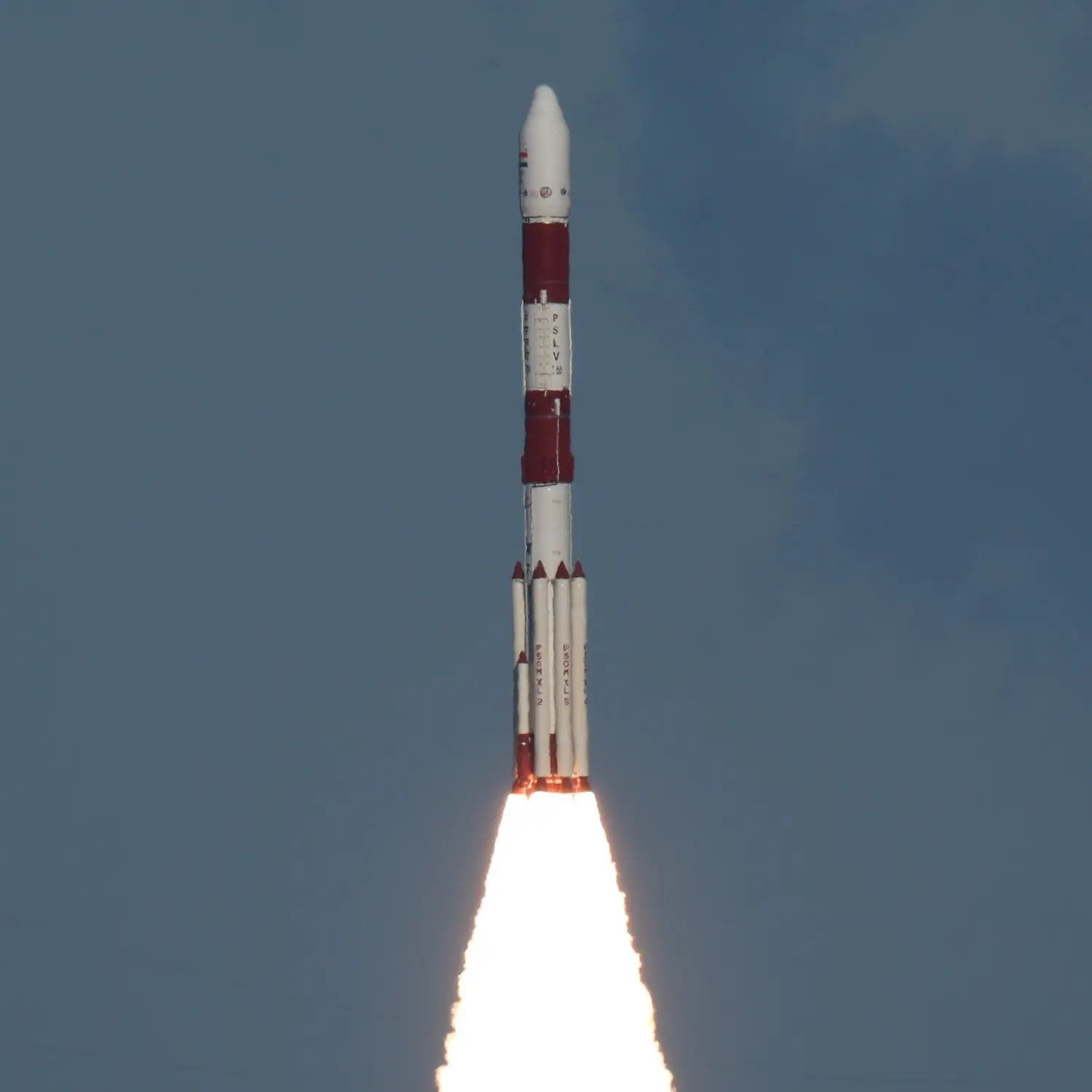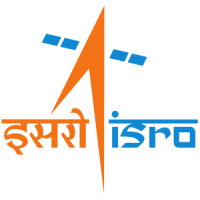/
Chandrayaan-1
Launch Success
Liftoff Time (GMT)
00:52:00
Wednesday October 22, 2008
Mission Details
Read Article
Launch Notes
First flight of the PSLV-XL configuration, first Indian Lunar probe.
Chandrayaan-1
Chandrayaan-1 was the first Indian lunar probe under the Chandrayaan program. It was launched by the Indian Space Research Organisation in October 2008, and operated until August 2009. The mission included a lunar orbiter and an impactor. The mission was a major boost to India's space program, as India researched and developed its own technology in order to explore the Moon. The vehicle was inserted into lunar orbit on 8 November 2008. On 14 November 2008, the Moon Impact Probe separated from the Chandrayaan orbiter at 14:36 UTC and struck the south pole in a controlled manner, making India the fourth country to place its flag insignia on the Moon. The probe hit near the crater Shackleton at 15:01 UTC, ejecting sub-surface soil that could be analysed for the presence of lunar water ice. The location of impact was named Jawahar Point. The estimated cost for the project was ₹386 crore (US$54 million). It was intended to survey the lunar surface over a two-year period, to produce a complete map of the chemical composition at the surface and three-dimensional topography. The polar regions are of special interest as they might contain water ice. Among its many achievements was the discovery of widespread presence of water molecules in lunar soil. After almost a year, the orbiter started suffering from several technical issues including failure of the star tracker and poor thermal shielding; Chandrayaan-1 stopped communicating at about 20:00 UTC on 28 August 2009, shortly after which the ISRO officially declared that the mission was over. Chandrayaan-1 operated for 312 days as opposed to the intended two years, but the mission achieved most of its scientific objectives.
Lunar orbit
1 Payload
1,380 kilograms
Launch Site
Stats
PSLV
14th
Mission
3rd
Mission of 2008
Indian Space Research Organisation
27th
Mission
3rd
Mission of 2008
2008
54th
Orbital launch attempt

